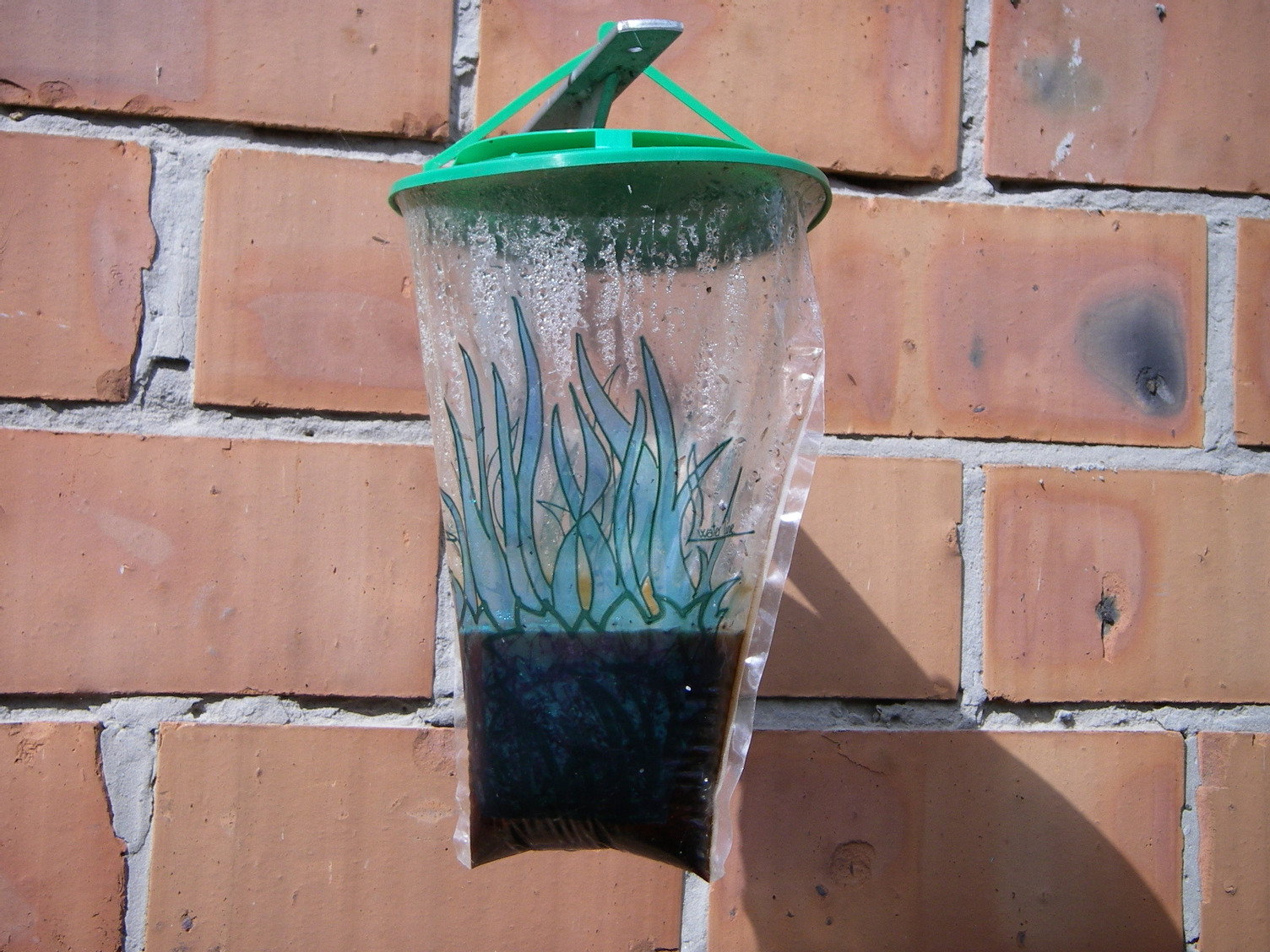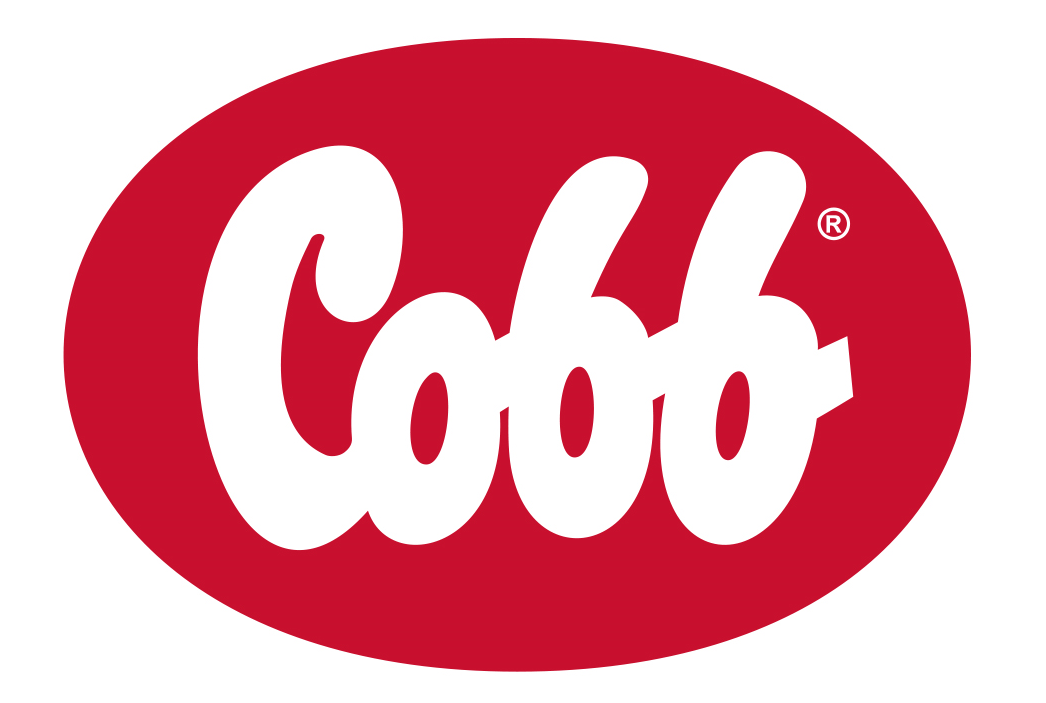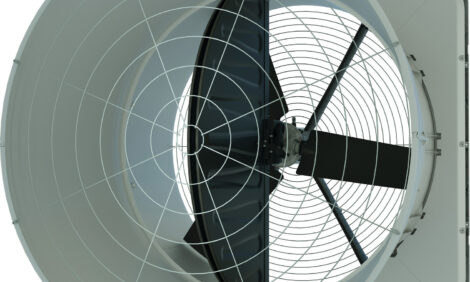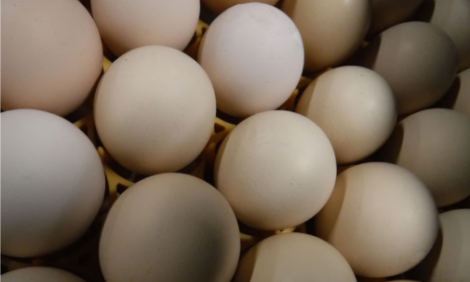



Cobb Breeder Management Guide: Rodent and insect control
Learn more about risks associated with rodents and their impact on the flockPart of Series:
< Previous Article in Series Next Article in Series >
Editor's note: This article is an excerpt from the Cobb Breeder Management Guide and additional articles will follow. The Guide was designed to highlight critical factors that are most likely to influence flock performance. The management recommendations discussed were developed specifically for Cobb products. The recommendations are intended as a reference and supplement to your own flock management skills so that you can apply your knowledge and judgement to obtain consistently good results with the Cobb family of products. To read or download the complete Guide or to view Cobb's other management guides, click here.
Rodent control
Rodents are known to spread diseases to humans and animals. They can be vectors for Salmonella, Cholera, and numerous other infectious agents. Additionally, they can damage insulation, curtains, hoses, and electrical wire, as well as inflict injury and mortality to poultry. Rodents may come in through almost any opening—holes in walls, openings around pipes, cracks in doors, etc. Mice can squeeze through spaces as small as 6 mm (about 1/4 in) and rats can squeeze through a space as small as 12 mm (about 1/2 in). There should be no tolerance for rodent activity inside the poultry house, bedding storage, or feed storage areas. An effective rodent control program involves several measures that restrict shelter, food and water and should be continuously implemented. The following are important rodent control practices.
- Minimize hiding places by removing any garbage from around the buildings.
- All vegetation should be kept trimmed. Maintain a 5 m (16 ft) weed/grass free zone around the house perimeter.
- Create a perimeter of at least 2 m (6 1/2 ft) of coarse gravel around the houses. The gravel will prevent rodents from easily accessing the grounds.
- Make building entrances as rodent proof as possible.
- Dispose of dead birds properly and promptly.
- Keep feed spillage to a minimum and clean up feed spills immediately. Keep feed storage areas clean and store feed properly on pallets off the floor.
- Maintain permanent bait stations with a fresh supply of rodenticides on a year-round basis. Rotate the use of different baits on a regular program.
- Consider the installation of a rodent barrier. A metal sheet around each house or the units will keep rodents from getting close to the houses as shown in the photo below.
Insect control
Pests can cause significant losses to production by reducing productivity and transmitting diseases. Some insects can also cause physical damage including structural damage to the houses. Breeder operations can be impacted by many insect species but the primary issues are caused by flies, beetles, and ants.
Insects are attracted to poultry operations as food, water, and habitats are readily available. Chemical insecticides are not always effective as insects become more resistant to multiple pesticides. Mechanical means of control (traps) are an option and should be part of an insect control program. However, good management practices along with a prevention program are the most effective ways to prevent insect infestations.
Professional pest control companies have experts that can readily evaluate situations and help develop a good pest management program. Once established, good record keeping is a valuable tool to identifying and mitigating pest issues before they become an infestation problem.
Good management and sanitation practices
- If darkling beetles are an issue, leave the litter in the house for at least one day and treat it with an effective insecticide. The beetles will come out in mass once the birds leave the house so control needs to take place quickly. After removing the litter, cover it to keep the insects out of the litter and to contain others until it can be removed from the farm.
- Ensure that the house drains well and is ventilated correctly to prevent wet litter. Check for and repair any water leaks immediately. Insect eggs and larvae require moisture to hatch and survive, so it is important to keep the house environment dry.
- Ensure that the birds have good quality drinking water. Poor quality water can induce episodes of diarrhea and flushing which will add moisture and manure to the litter.
- Prevent high temperatures in the house which will cause the birds to drink more water.
- Repair any structural damage as these areas can be used as burrows for insects, especially darkling beetles.
- Allow at least 4 weeks of downtime between flocks. This will eliminate the food and water sources and give any applied insecticides time to work.
- Quickly remove and dispose of any mortality.
- Check for feed spills regularly and clean them immediately.
- Ensure that water around the outside of the house drains away and that any drainage systems (ditches, piping) is not blocked with debris or vegetation.
Chemical control
- The choice of pesticide should be based on pest target, effectiveness, potential hazards (to humans and birds) as well as local regulations. A professional pest control consultant can provide more information about the right chemicals for your operation.
- Carbaryl based products can be used to control multiple insect species. They block the nervous system by inhibiting the enzyme acetylcholine-esterase.
- Pyrethrin based products are safe to use while birds are in the house. These chemicals are effective against ants, flies, and beetles. They cause temporary paralysis, but beetles can produce enzymes that detoxify the chemical. Using pyrethrins synergistically with other insecticides can be more effective.
- Insect growth regulators are also available which prevent formation of chitin so that the larvae cannot turn into an adult beetle.
- If any ant trails are seen moving from mounds outside the house to inside the house, insecticides can be sprayed around the house perimeter. Any ant mounds can also be treated with chemical pesticides.
Biological control
- Several biological control agents are available for pest control. Be aware that not all of these agents are suitable for use in all climates.
- Boric acid can be applied as a pellet or crystal to control beetles and flies, but should only be applied between flocks because it can also injure animals.
- Some fungi are available that infect and kill insect larvae.
- Fly parasitoids are tiny wasps that can kill flies in the pupal stage. If using beneficial insects, be aware that many chemical pesticides can kill the pest and beneficial species.
- Ants primarily prey on other insects. Controlling insect infestations can therefore help prevent ant infestations.
Mechanical control
- There are many types of traps available that include pheromone, sticky tape, and electrical based traps (bug zappers).
- Flies will not move against the wind so fans can be used around doorways to
prevent flies from entering.














